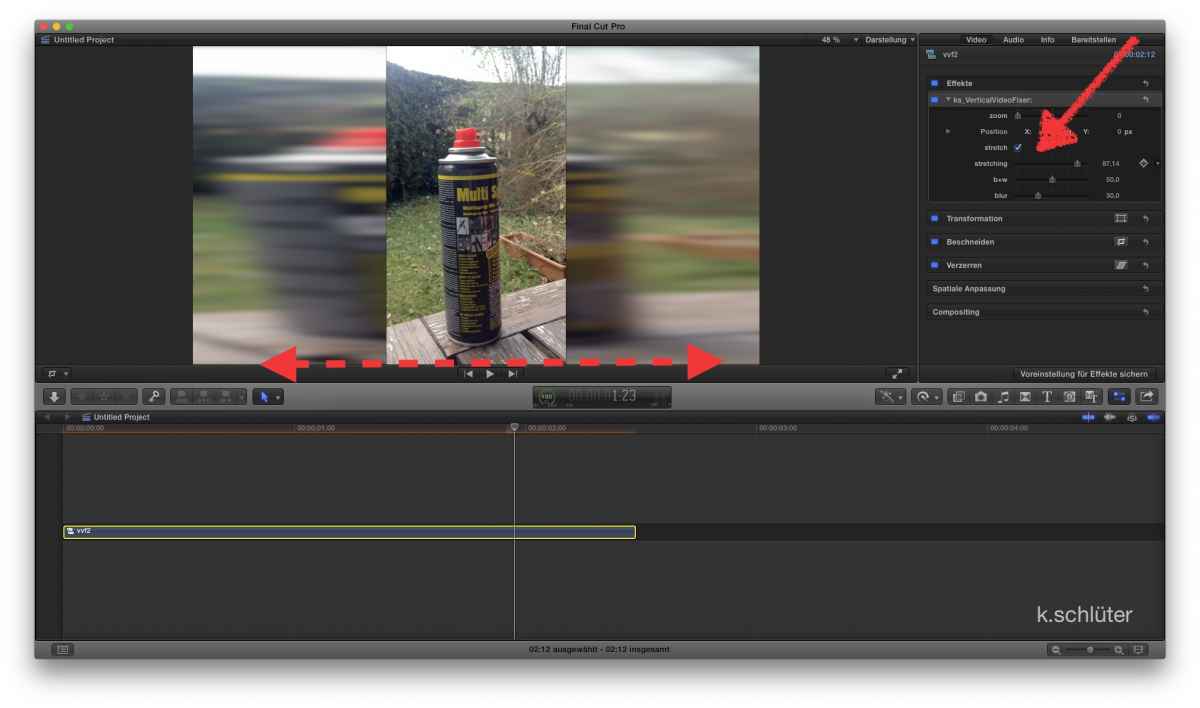

A published survey in 2008 by the American Cinema Editors Guild placed their users at 21% Final Cut Pro (and growing from previous surveys of this group), while all others were on an Avid system of some kind. According to a 2007 SCRI study, Final Cut Pro made up 49% of the United States professional editing market, with Avid at 22%. It also made inroads with film and television editors who have traditionally used Avid Media Composer. In the 2000s, Final Cut Pro developed a large and expanding user base, mainly video hobbyists and independent filmmakers. Final Cut Pro allows users to import, edit, and process video footage, and output it to a wide variety of formats. To permanently remove it, drag it to the Trash./ October 24, 2022 3 months ago ( ) įinal Cut Pro (often abbreviated FCP or FCPX) is a professional non-linear video-editing application initially developed by Macromedia, and, since 1998, by Apple as part of its pro apps collection. I will often keep seldom-used templates in a separate folder to be dragged back into the Motion Templates folder when needed. To remove an effect, make sure Final Cut is NOT running, then drag the effect out of the Templates folder. Inside each folder, you’ll find a folder containing any custom effects that you created in Motion, as well as folders from other FCP X vendors. Inside you’ll find different folders for different categories of effects, as illustrated above by this screen shot.


In fact, we have three general options to remove plug-ins:

The User Library (not to be confused with a Final Cut Library).In the past, this could be a painful experience because plug-ins could be stored in three different places: But, what happens if you need to delete a plug-in, either because you no longer need it or because it has become out of date? Plug-ins are those useful tools that allow us to customize our editing system for the work we need to get done.


 0 kommentar(er)
0 kommentar(er)
